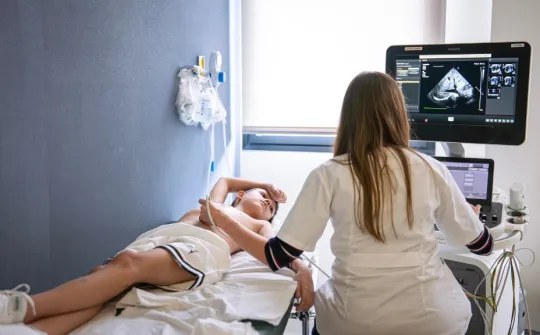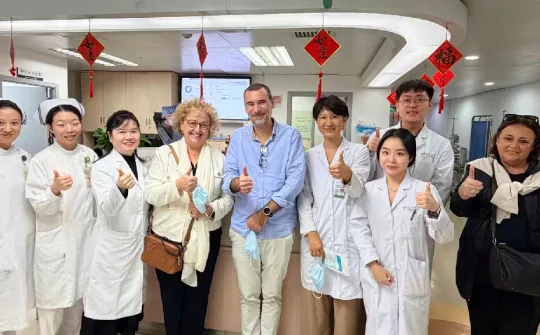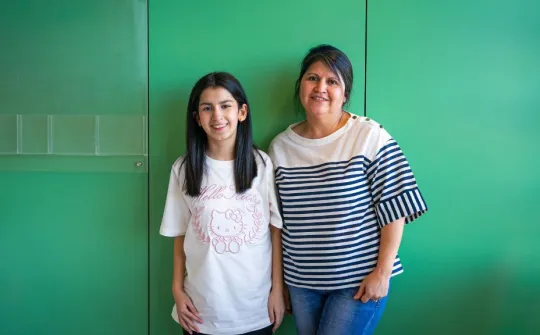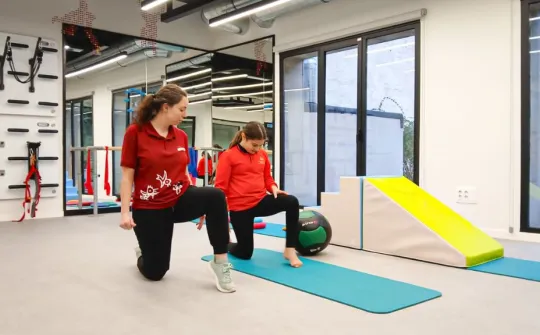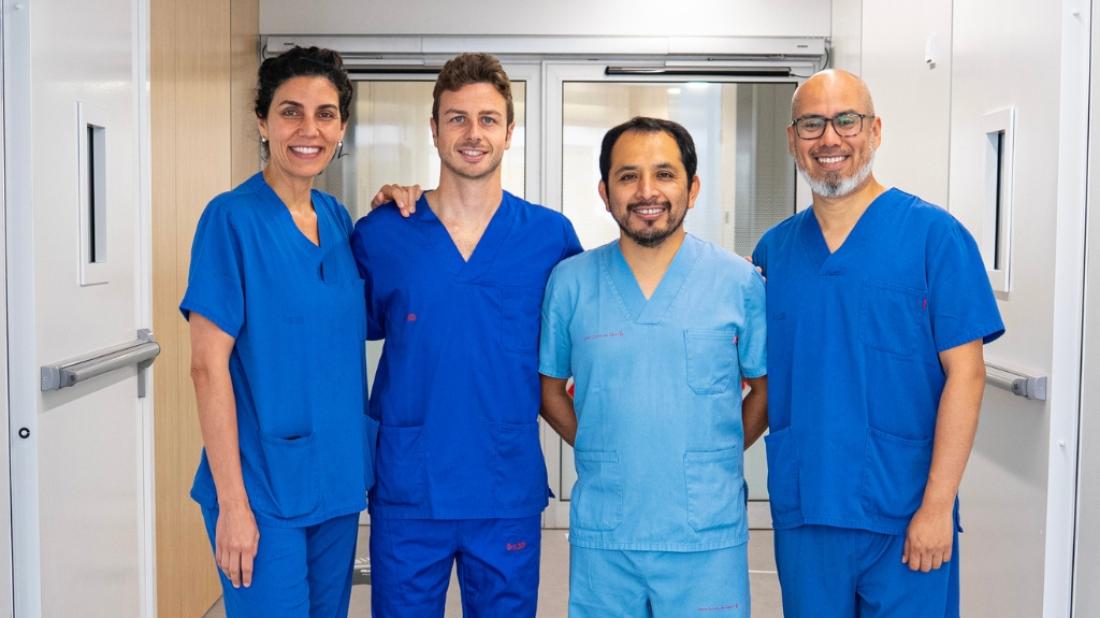
The innovative device was implanted into a young boy who was found to have a genetic disease that predisposes him to sudden arrhythmic death syndrome.
Guillem was on his way home from school one day in May 2024 when he suddenly collapsed in the street. At only 13 years old, he had suffered a cardiac arrest. His mother recalls that ‘Guillem had to wear a Holter device because, at one of his check-ups at the football club he played at, they detected he had heart hypertrophy (thickening of the heart walls), but at no point were there any warning signs or heart abnormalities that would lead us to think something like this would happen’.
As fate would have it, there was an ambulance stationed just a few metres away from where Guillem suffered the arrest, as it was there for another call. The ambulance paramedics began treating him immediately by performing the initial resuscitation measures, and he was transferred to SJD Barcelona Children's Hospital.
Once at the Hospital, staff in the Pediatric Intensive Care Unit, alongside the Arrhythmia Unit and Cardiovascular Surgery teams, continued resuscitation measures because the arrhythmia was not normalising. Eventually, they were able to stabilise him.
Their main concern was about the lasting repercussions the boy could experience. ‘We didn’t know how long Guillem had been left without enough oxygen going to his brain,’ explained his mother. ‘They did a CT scan and didn't find any severe lesions, but his recovery was very difficult due to the fact he couldn't speak. He still goes to speech therapy today, and he even had to relearn how to walk.’ Luckily, Guillem slowly recovered all of his skills and was able to be discharged from the Hospital in July.
New extravascular defibrillator
When staff at the Arrhythmia Unit are faced with a case like Guillem's, they perform a family screening to detect whether any family members are also at risk of sudden arrhythmic death syndrome. That was how they found out that both his mother and his older sister had the same genetic mutation, predisposing them to the syndrome. As a result, the medical team decided to fit Guillem's older sister with a defibrillator as well. His mother is being treated at an adult hospital.
‘In this case, we implanted a new extravascular defibrillator model that avoids having cables inside the heart, is smaller than the models we had been using until now, and is also very long lasting—around 15 years. It is the first of these devices to be used in a pediatric setting on a patient’, highlights cardiologist Fredy Chipa.
The advantage of an extravascular defibrillator is that there are no electrodes in either the veins or in the heart, but it can still stimulate them if the need arises. ‘Defibrillators like these are a huge step forward in technology for young patients—it is a huge challenge to properly treat a condition over such a long period of time’, concluded Dr Georgia Sarquella-Brugada, Head of the Arrhythmia Unit.
